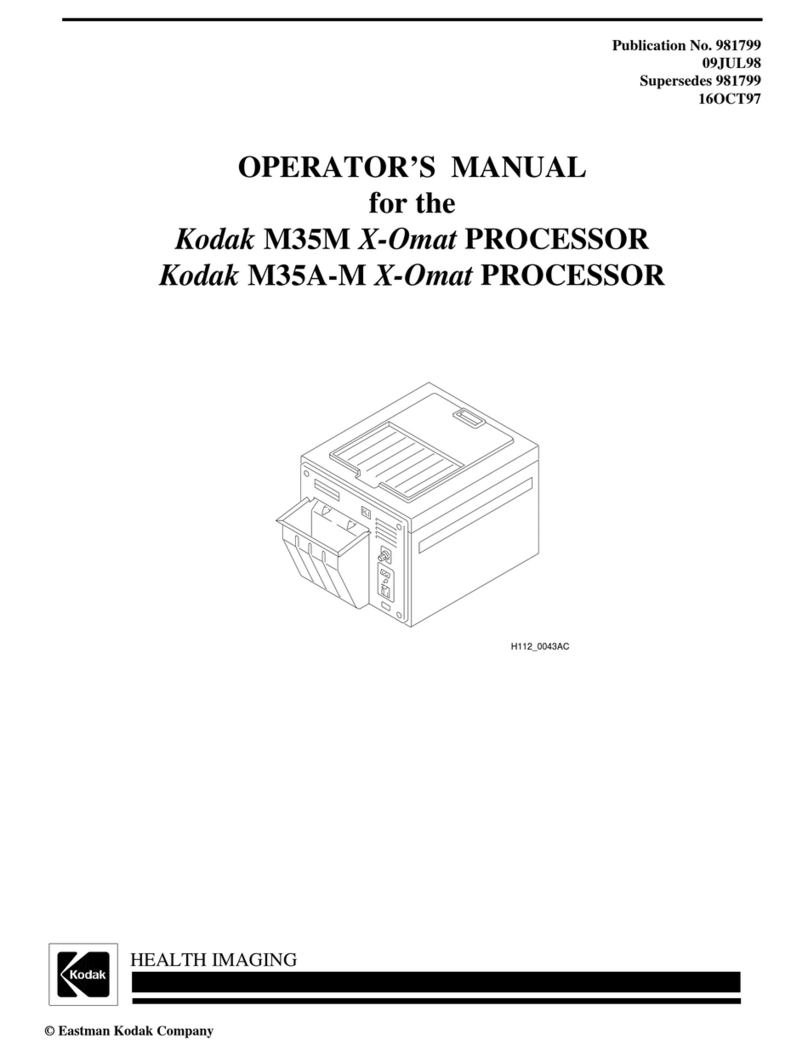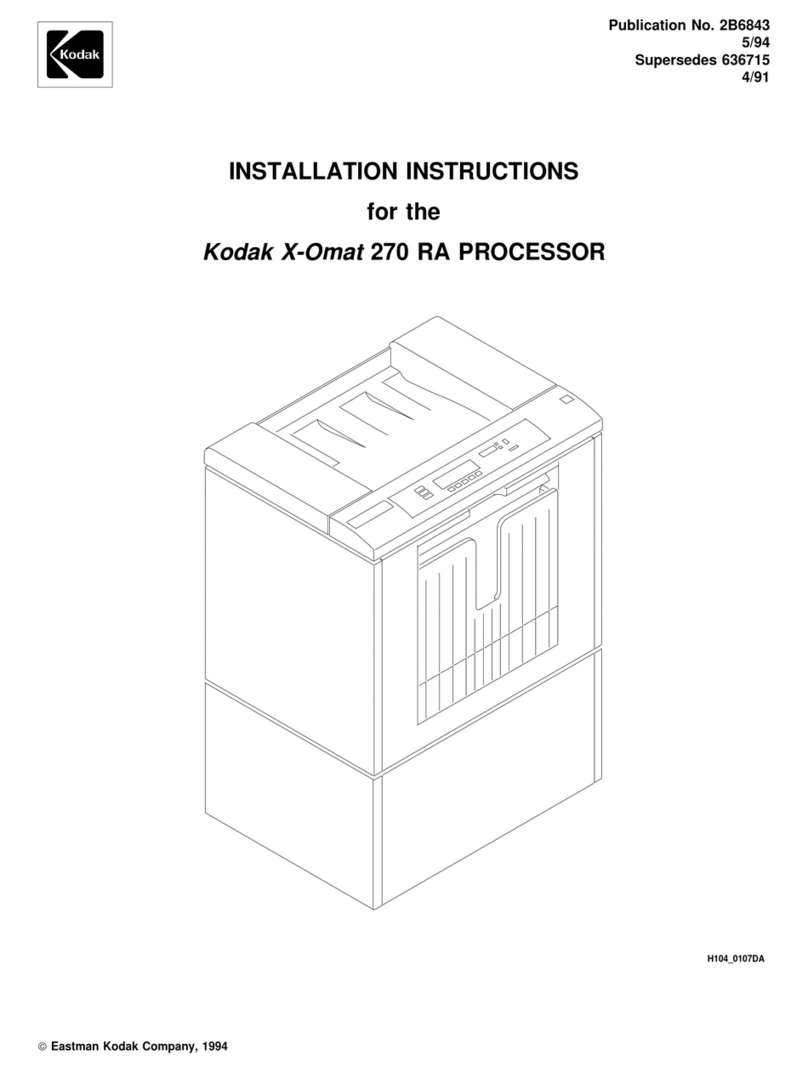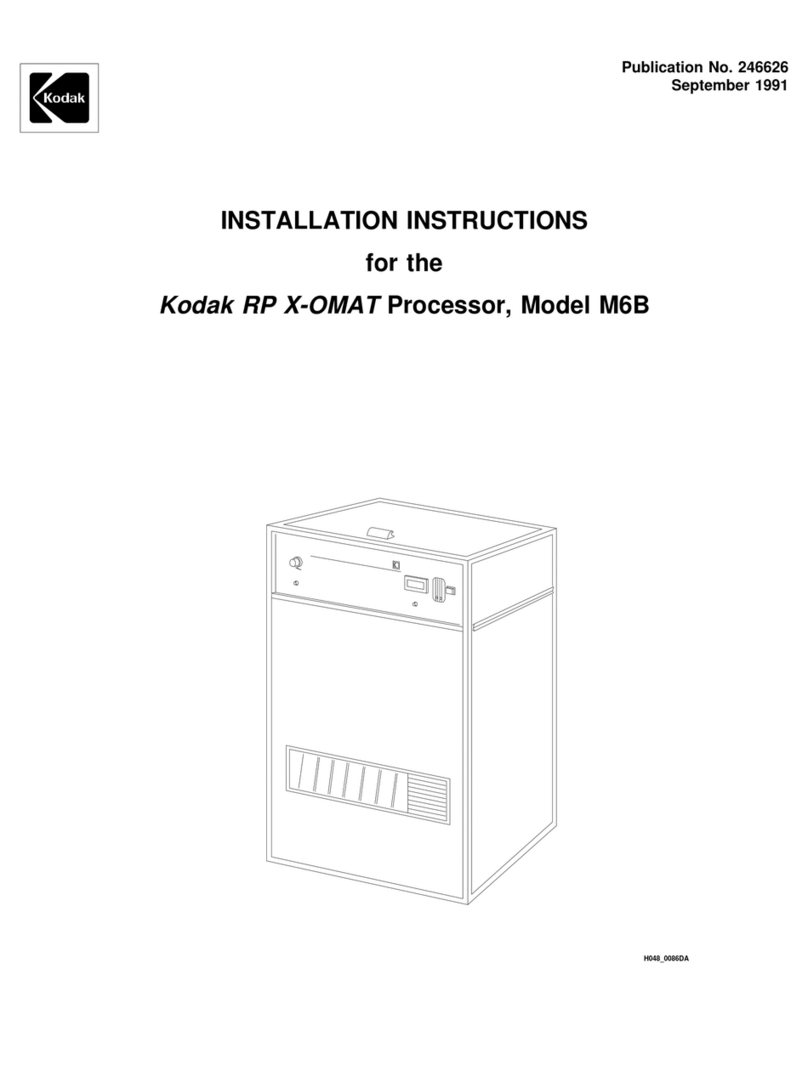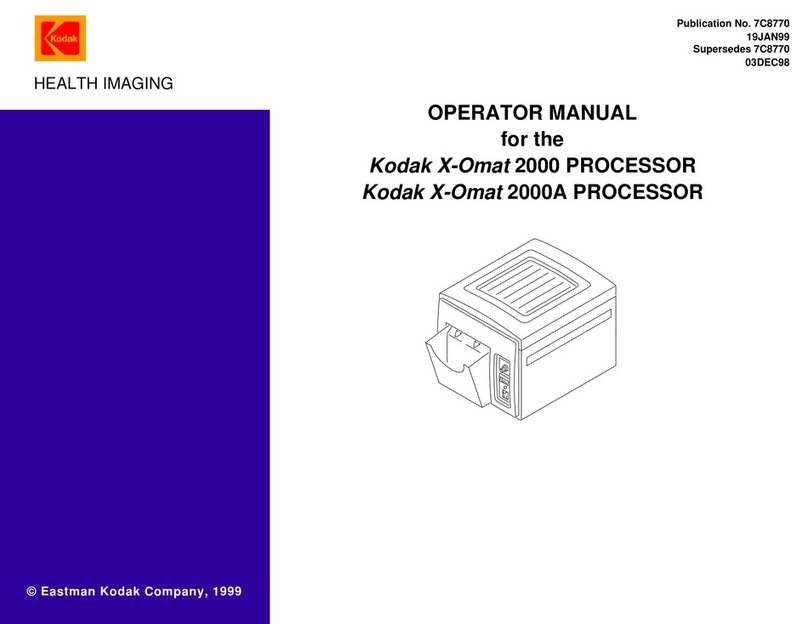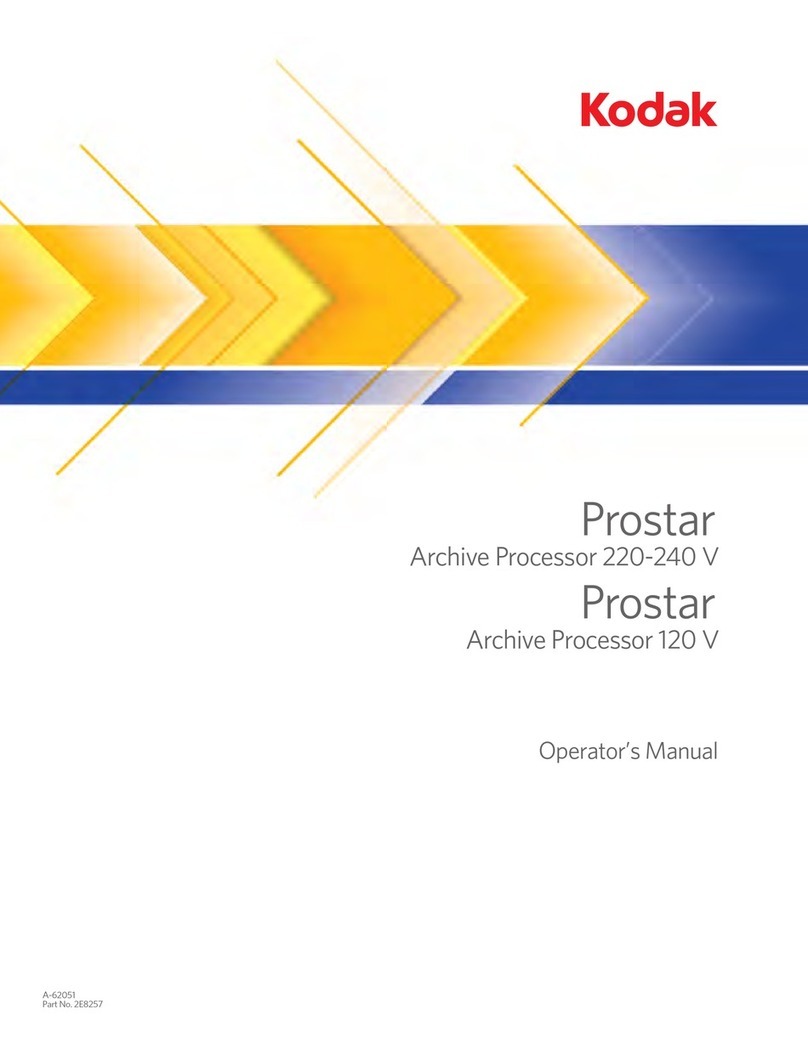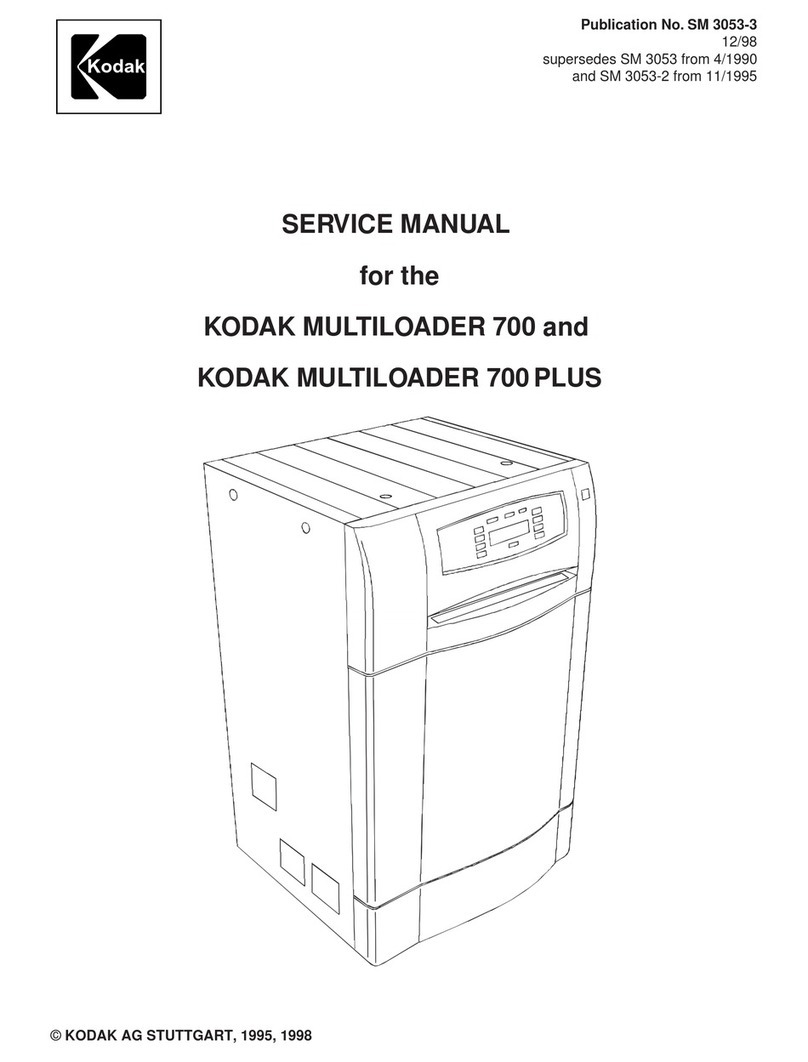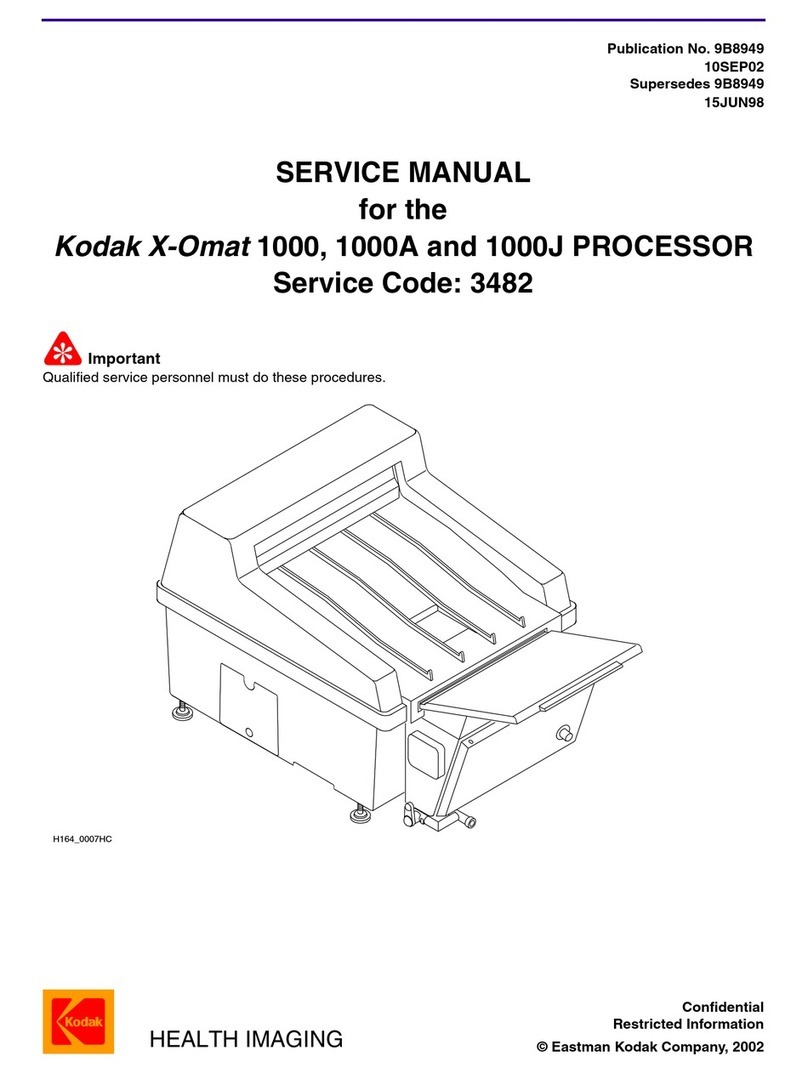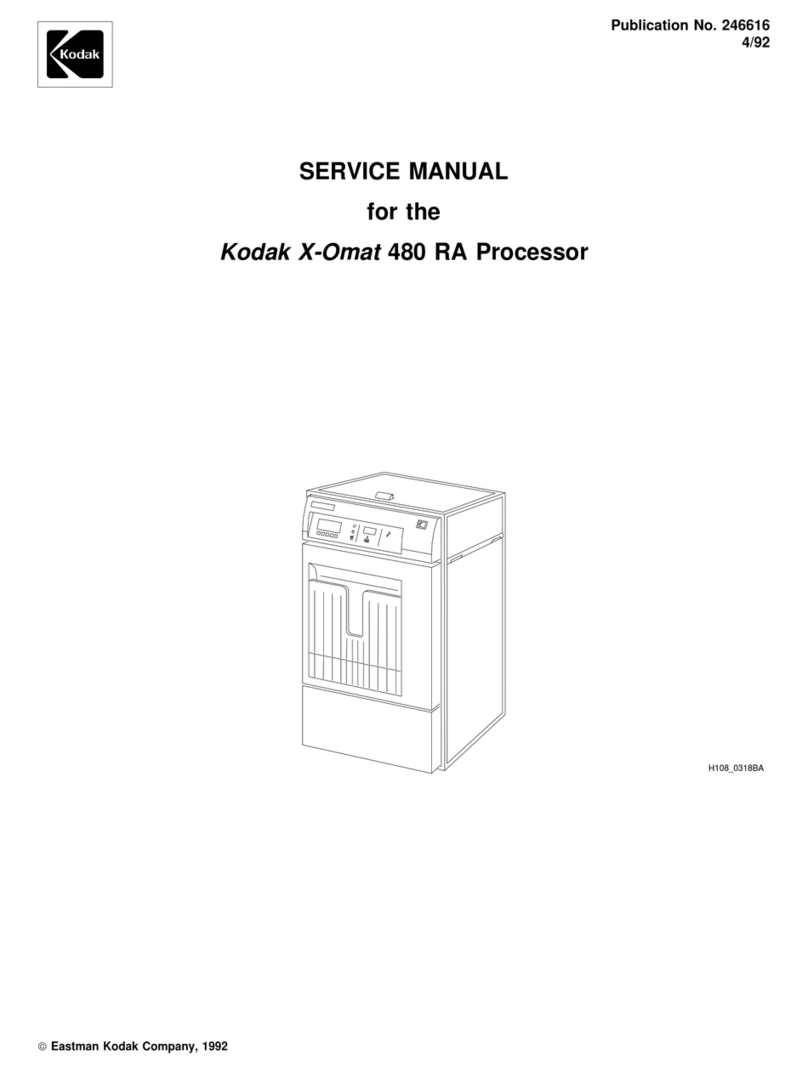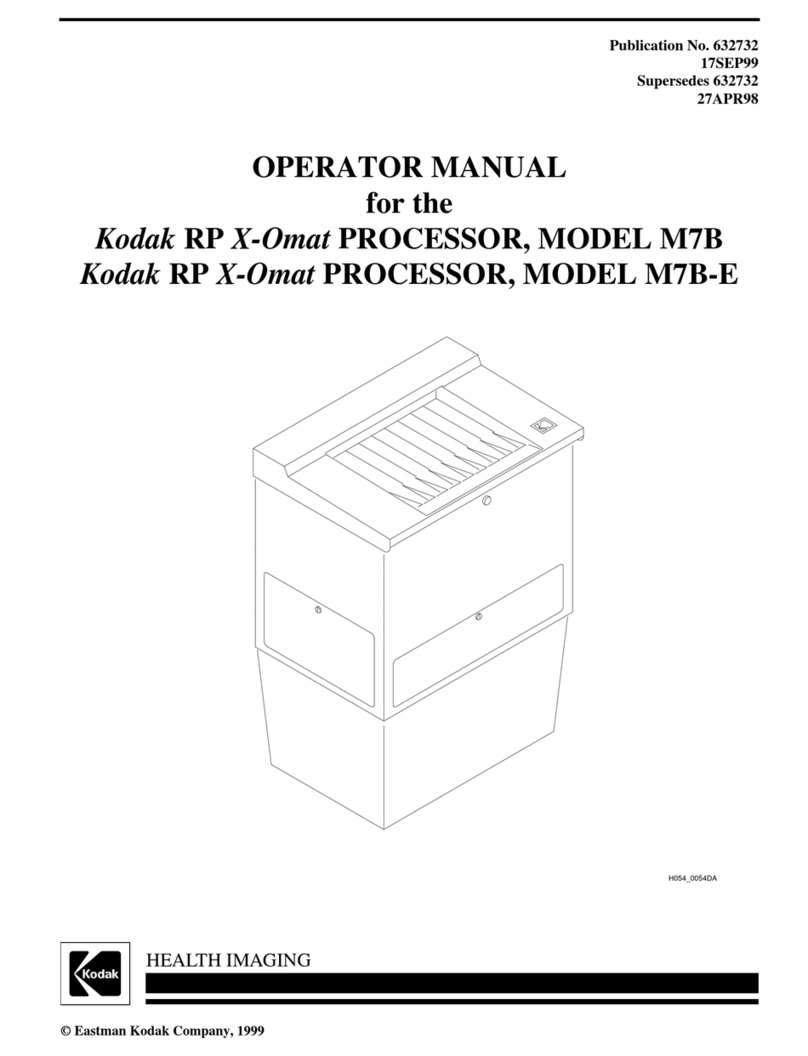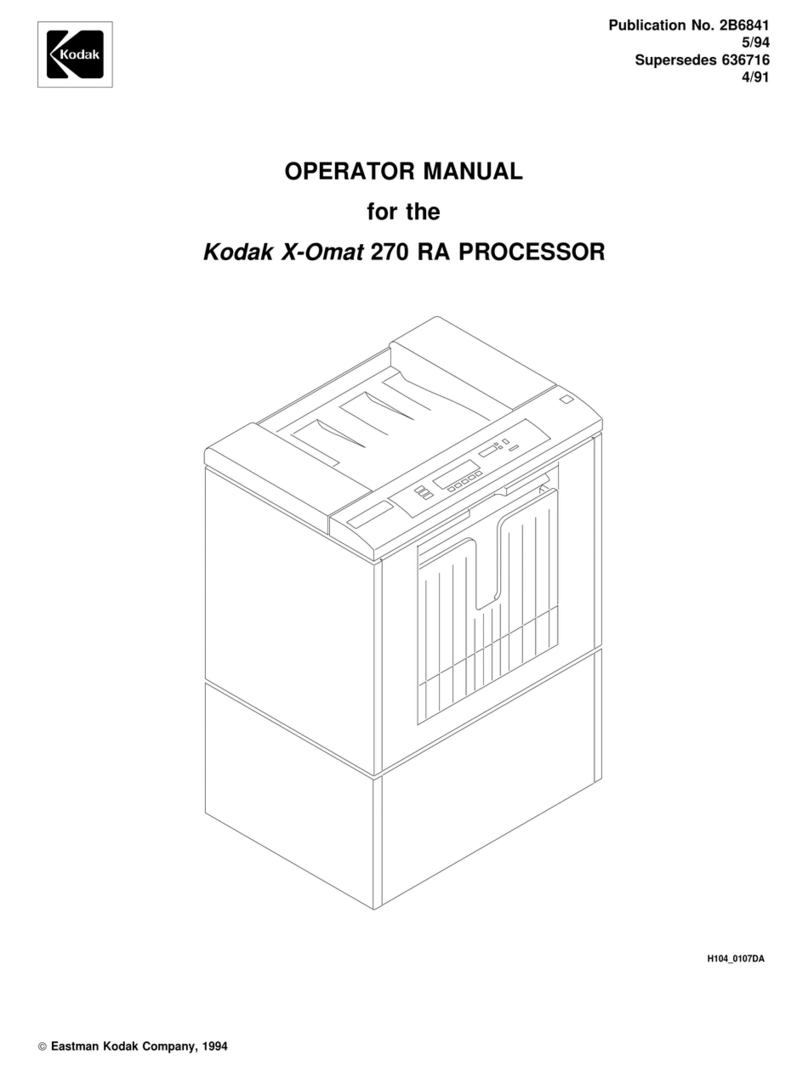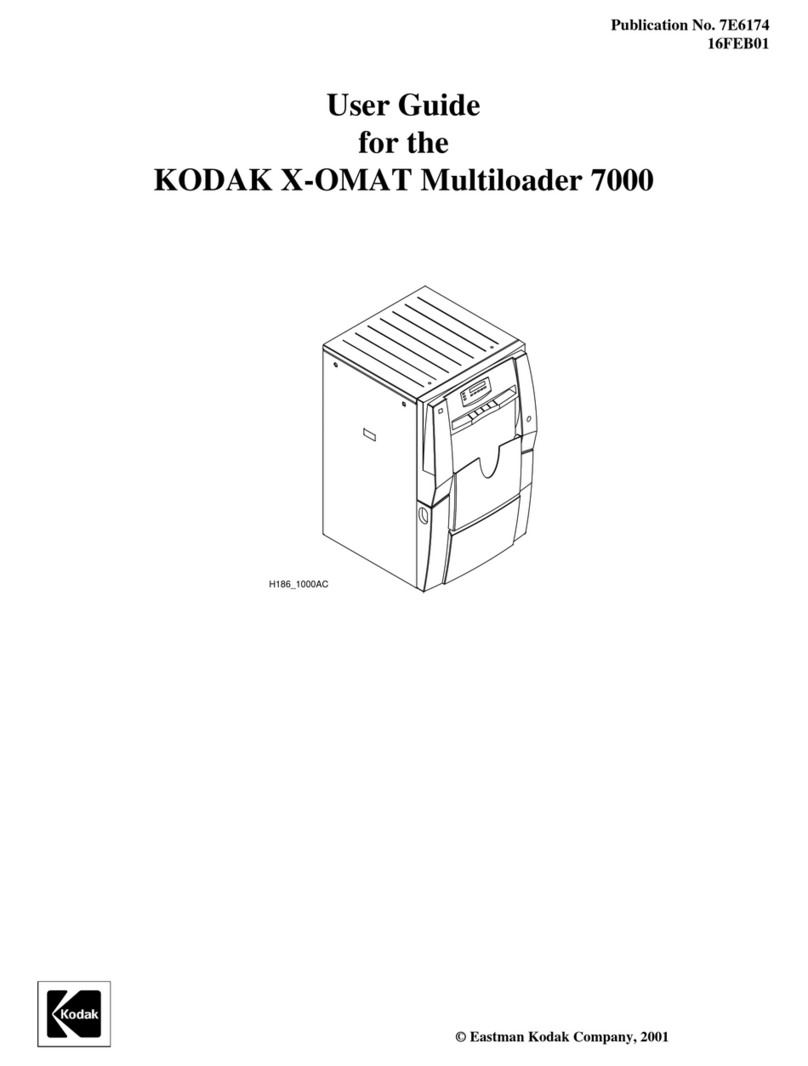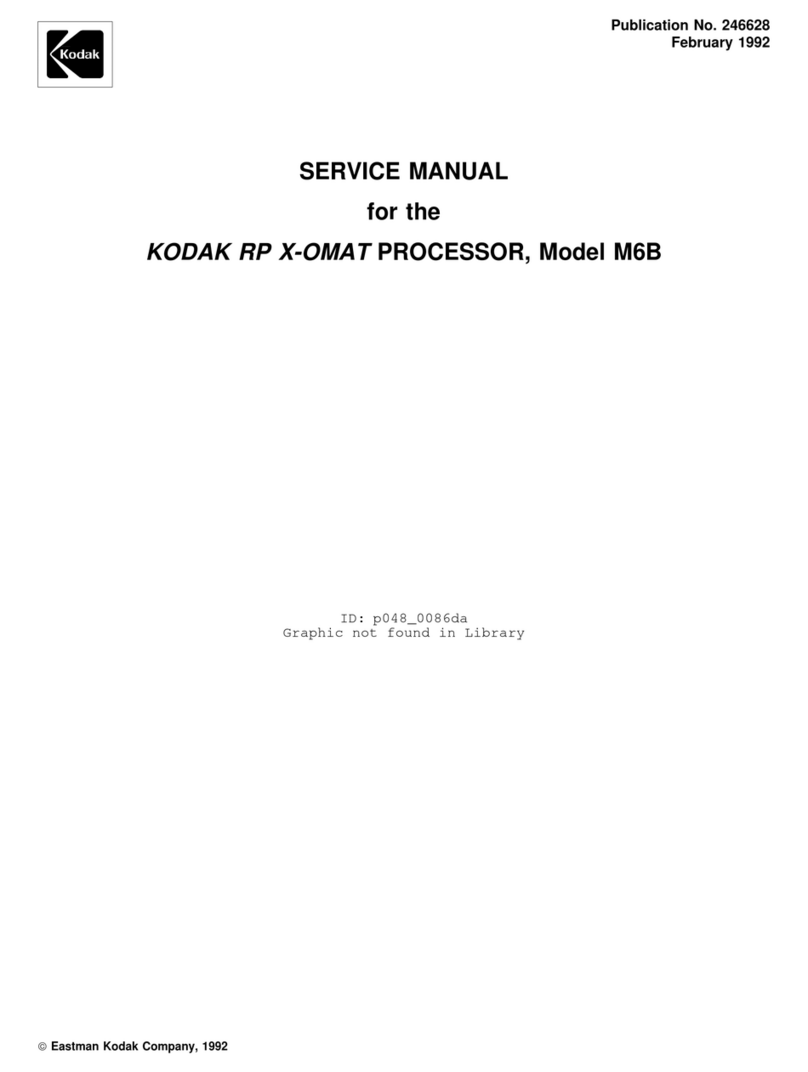
ii A-61038 July 1999
This equipment has been tested and found to comply with the limits for a Class Adigital device
pursuant to Part 15 of the FCC rules. These limits are designed to provide reasonable protection
against harmful interference when the equipment is operated in a commercial environment. This
equipment generates, uses, and can radiate radio frequency energy and, if not installed and used in
accordance with the instruction manual, may cause harmful interference to radio communications.
Operation of this equipment in a residential area is likely to cause harmful interference, in which
case the user will be required to correct the interference at their own expense.
This Class A digital apparatus meets all requirements of the Canadian Interference-Causing
Equipment Regulations.
Cet appareil numérique de la classe A respecte toutes les exigences du Réglement sur le matériel
brouilleur du Canada.
Acoustic Noise Level (sound power levels [Lwa])
Operating Status Noise Level dB (A)
Standby 33 db (A)
Operating 50 dB (A)
NOTE: All data measured in accordance with DIN 45 635, ANSI S12.10-1985, and ISO 7779 in a
hemi-anechoic chamber.
Getting technical
support If you experience problems with your system, you may contact the
Integrator or the Kodak Response Center at one of the following
telephone numbers:
Within New York State: 1-800-462-6494
Outside New York State: 1-800-822-1414
Alaska and Hawaii: 1-800-466-1414
For other countries, contact your local Kodak Service Support
Center.
When contacting Technical Support, be prepared to supply the
following information:
•The names and models of the computer and the Archive Writer
you are using.
•Any memory-resident software installed, including memory
managers, with version numbers.
•Any resident anti-virus software.
•Contents of the error log file.
•Any information and the action taken that can reproduce the
problem you experienced. Include the exact text of any error
messages you received.
